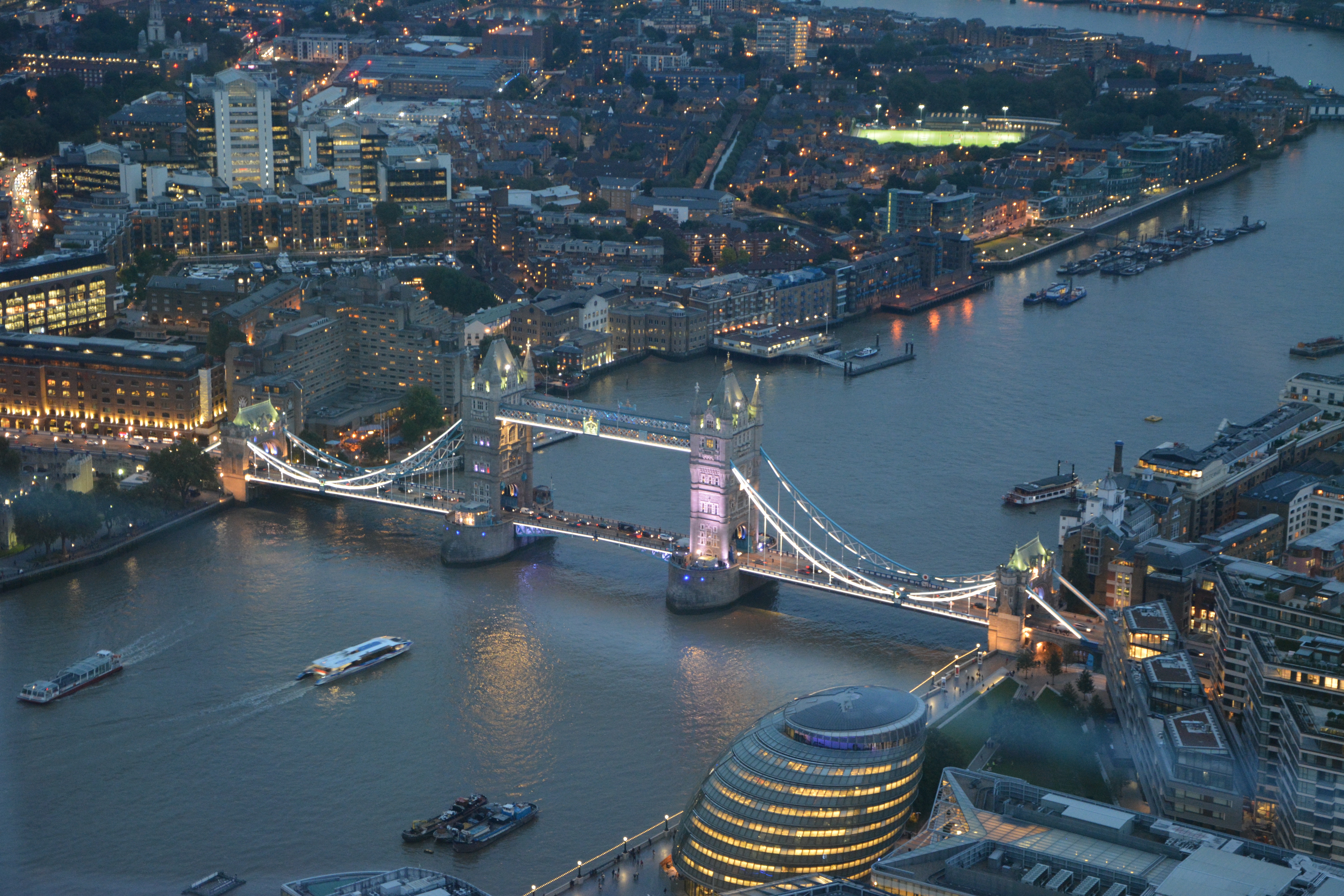As COP26 winds down, the role of technology and its link with sustainability has been a topic found at the top of the agenda among world leaders during the conference. In Glasgow, more than 40 leaders pledged to accelerate the uptake of clean technologies to address the climate crisis with what scientists are now calling an “emergency”.
Through a series of worldwide standards and policies, the path to Net Zero instigated through technology has been viewed as a universal solution solving this crisis. It is, however, a lot easier said than done.
With an uncertain future ahead, our Senior Account Executive, Thomas Gabbidon, looks at the role of technology and what could be expected following the conference.
Cause for concern?
Labelled as a ‘PR event’ by Greta Thunberg, there is always the worry that the legacy of COP26 and the targets set won’t be realised despite the promising commitments. As well as concerns in the near future, the conference highlighted the ongoing climate misinformation that has led to a signed open letter addressing Google, Twitter, TikTok, and Meta (formerly Facebook) to take action.
With climate misinformation becoming rampant, tech platforms have come under fire for failing to capture it earlier, or at all. According to an independent watchdog group, researchers found an estimated 45,000 posts downplaying or denying the climate crisis, and more is to be expected.
In the past, the levels of innovation into sustainable tech, and the funding behind it, hasn’t been able to drive the pace and scale needed for net-zero transformation – but that could soon change.
It’s not all doom and gloom
Although climate initiatives are being criticised, there are reasons to be optimistic. In London alone, startups surrounding climate tech have raised over £1 billion from investors last year. This is coupled with further government investment, promising £3bn to support green technology and infrastructure to ‘double’ the support climate projects across the world.
From work management to intelligent automation, climate-conscious tech is expected to impact a number of sectors to meet the UN target of climate neutrality by 2050. What’s more, there’s a chance to meet a collective consumer demand spurring on corporations to maximise productivity, streamline processes, and improve sustainability efforts.
Likewise, if we’ve learnt anything from the pandemic, it’s that many office jobs can be efficiently fulfilled from home. By encouraging a work from home model, companies can reduce transport emissions and support the move from energy-intensive data centres to cloud-native applications.
Where does the responsibility lie?
The possibilities are truly endless, and yet, it all depends on the real action being taken. It will take a collective responsibility involving top-down and bottom-up strategies to turn these proposals into a real possibility. If consumers have the vision, it will be the entrepreneurs and institutions that can put these ideas into practice by building the digital architecture today and addressing concerns such as misinformation or streamlining energy-intensive processes.
With enough international collaboration and a focus on the areas most vulnerable to climate change there are ways to be equally sustainable and profitable. By 2030, an estimated 20 million new jobs could be added if the first five Glasgow Breakthrough Goals are met that could, in turn, boost the economy by $16tn.
A new frontier
Whether or not these objectives will be reached will unfold over the next few years. The path, however, looks promising and with further developments in AI optimisation, a greater use of cloud-native platforms, and carbon capturing initiatives, there are enough reasons to be encouraged.
Let’s hope these goals are met sooner rather than later.
Related Articles

AI survey reveals scepticism towards Big Tech and strong support for regulation
Article by:Ilona Hitel


